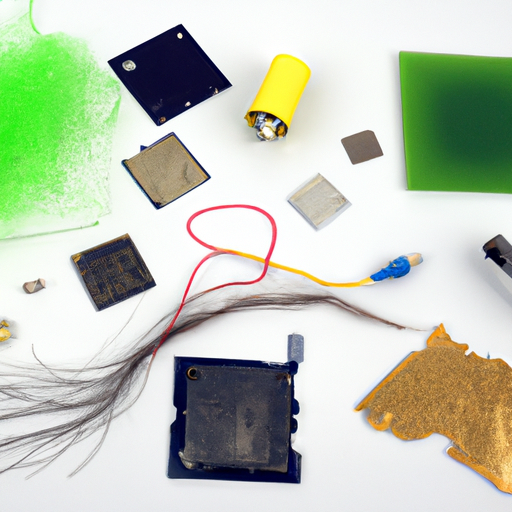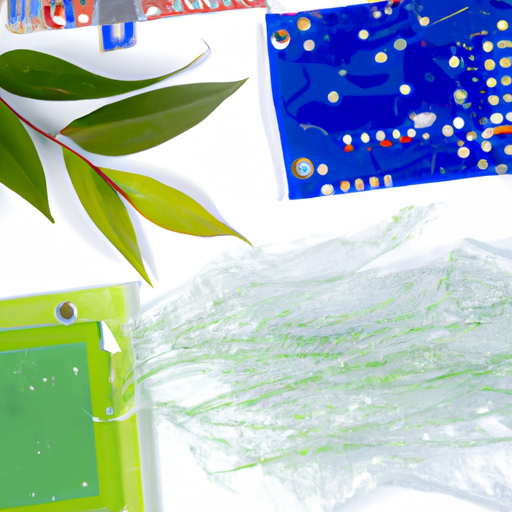The world is rapidly shifting towards sustainability, with biodegradable electronics leading the charge. In an age where electronic waste is one of the fastest-growing waste streams, innovations in eco-friendly technology are more crucial than ever.
What Are Biodegradable Electronics?
Biodegradable electronics are devices designed to decompose naturally in the environment after their useful life, minimizing their impact on landfills and reducing environmental pollution. Made from organic materials and biopolymers, these gadgets offer a solution to the e-waste crisis.
Why Biodegradable Electronics Matter
- Reducing Electronic Waste: With millions of tons of electronic waste generated annually, biodegradable electronics can significantly lower this number.
- Sustainable Manufacturing: The production processes for biodegradable gadgets often utilize renewable energy sources, reducing carbon footprints.
- Consumer Demand: As consumers become more environmentally conscious, the demand for sustainable tech products is ever-increasing.
Examples of Biodegradable Electronics
Recent advancements in biodegradable electronics have led to innovative products such as:
- Biodegradable phone casings
- Eco-friendly wearable technology
- Compostable circuit boards
Challenges and Future Prospects
While the potential for biodegradable electronics is vast, challenges remain, including performance, durability, and cost. However, as research continues and technology develops, these barriers are likely to diminish, leading to a sustainable future for technology.
Conclusion
Biodegradable electronics represent a vital step towards a sustainable tech industry. By embracing eco-friendly materials and processes, we can help protect our planet for future generations. As awareness grows and innovations continue, it’s clear that biodegradable electronics are not just a trend but a necessary evolution in our approach to technology.
Stay tuned for more updates on sustainable technology and innovations changing our world for the better!













